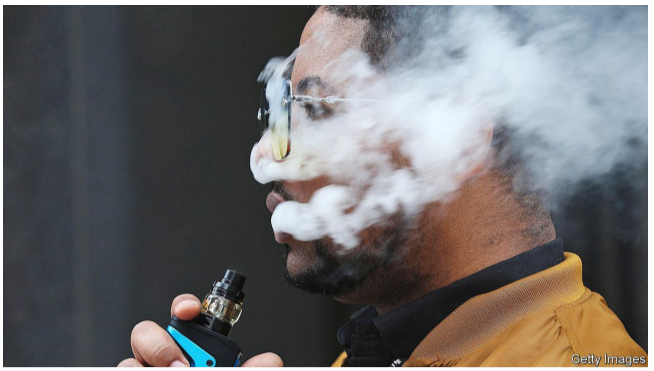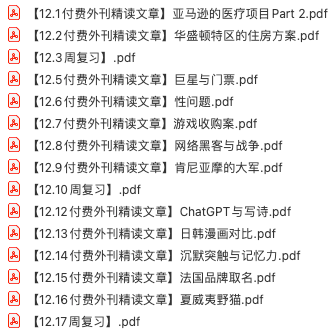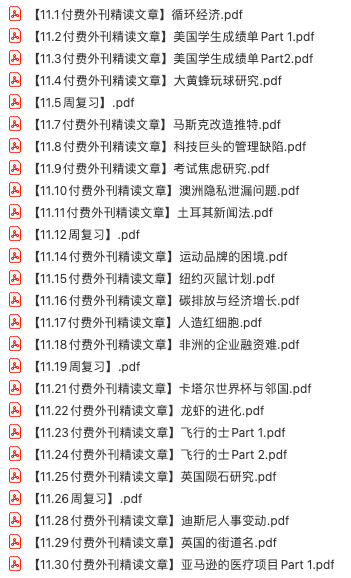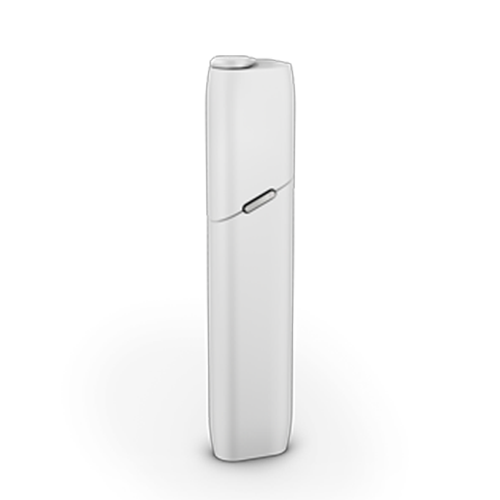《经济学人》:美国如何监管电子烟?
2022-12-15 09:00
举报
电子烟也会向室内释放可吸入的液体细颗粒物和超细颗粒物、尼古丁和致癌物质.由于电子烟不会产生烟雾,所以就更容易误导消费者...
Vaping and health
Smoke and mirrors
The possible unintended consequences of anti-vaping policies
E-cigarette taxes may reduce teenage drink-driving deaths
[Paragraph 1]
E-CIGARETTES, also known as vapes and by brand names such as Juul, are battery-operated devices that allow users to inhale nicotine without lighting a cigarette. They were introduced to America in 2006. According to the Food and Drug Administration (FDA), more than 2m high-school pupils (about 14%) reported using e-cigarettes in 2022. The FDAand others are trying to work out how to regulate them. The result may be a textbook example of unintended consequences.

[Paragraph 2]
Though e-cigarettes are much less harmful than traditional cigarettes, their effect on health can still be serious. Vaping has been associated with a higher risk of asthma and chronic obstructive pulmonary disease. E-cigarette exposure may be particularly harmful for young adults—there are fears that it can harm brain development and trigger a lifelong addiction to nicotine. Thirty states tax e-cigarettes and all states ban sales to minors.
[Paragraph 3]
One way to cut e-cigarette consumption is by imposing a tax. A study by the Centre for Health Economics & Policy Studies at San Diego State University found that a $1 increase in e-cigarette taxes is associated with a 14-26% decrease in vaping among high-school pupils. Unexpectedly, the tax increase seems also to temper teenage alcohol consumption. One in ten teenagers reported binge drinking (four or more drinks for women, or five or more drinks for men, within a few hours at least once in the previous month). According to the study, a $1 increase in e-cigarette taxes is associated with a 10-11% reduction in teenage binge drinking.
[Paragraph 4]
Drinking and driving is especially deadly for young people. Young adults (aged 16-20) who drink and drive are 17 times more likely to die in a car accident. The study found that increasing e-cigarette taxes reduces this, too. A $1 rise in e-cigarette taxes brings a 10-14% decline in the number of alcohol-related traffic deaths per 100,000 among 16-to-20-year-olds.
[Paragraph 5]
Smoking and drinking tend to go together. Teenagers who drink are twice as likely as others to light up. One study found that raising the drinking age from 18 to 21 in America reduced smoking among the affected age group. It works in reverse, too. Raising taxes on cigarettes has been found to taper teenage drinking. So surely lawmakers should rush to implement an e-cigarette tax? The answer is not so simple.
[Paragraph 6]
Many smokers use e-cigarettes to reduce harm from their habit. Some also use e-cigarettes to quit traditional cigarettes. A review of 78 studies mostly from America, Britain and Italy found that people are more likely to stop smoking for at least six months when using nicotine e-cigarettes compared with other methods. England’s National Health Service (NHS) encourages e-cigarette use for quitting smoking. A tax increase on e-cigarettes, or an outright ban, could encourage smokers to switch to traditional cigarettes. A separate American study found that a $1 increase in e-cigarette taxes reduced daily vaping but increased cigarette smoking in young adults.
[Paragraph 7]
A good e-cigarette policy would discourage young adults while encouraging cigarette smokers to use them for quitting. Requiring a prescription for e-cigarettes could help. The NHSannounced in October 2021 that it may do just that. But Catherine Maclean, one of the San Francisco study’s authors, warns that this could also have unintended consequences in America. Requiring a prescription could push e-cigarette users and young adults towards regular cigarettes or illicit vaping products.
[Paragraph 8]
Limiting e-cigarettes could also spur drug use. Raising the drinking age in the 1980s slightly increased marijuana smoking among young people. Raising the price of vaping could do the same, especially in states that have legalised the drug.
[Paragraph 9]
Ms Maclean recommends stacking taxes so that the more harmful products are taxed at a higher rate than their less harmful substitutes. Young people tend to be cash-strapped, so even a small tax increase could deter use. Tighter regulation is also a possible answer—Britain and the European Union regulate the amount of nicotine in e-cigarettes. “Policymakers need to think beyond a targeted outcome and think more broadly,” says Ms Maclean.
(恭喜读完,本篇英语词汇量661左右)
原文出自:2022年12月17日《The Economist》United States版块。
精读笔记来源于:自由英语之路VIP群
仅供个人英语学习交流使用。
特别说明:精读外刊,提高英语,有偿学习,单日4元,可按日、周、月、季、年付。
E-cigarettes一直以来,商家都以电子烟不含焦油、悬浮微粒等有害成分为卖点大肆推广,甚至在产品介绍中,打着“戒烟神器”“清肺”等旗号。殊不知,电子烟的安全性尚未得到充分的科学论证。迄今为止,国内外均没有系统的电子烟安全性评估资料,因此,还不能确定电子烟会给使用者的健康带来哪些潜在风险。实验表明,人们在使用电子烟时,除尼古丁以外,还可能把其他多种未发现的有毒化合物吸入体内。与此同时,电子烟所产生的二手烟,同样可能危及健康。电子烟也会向室内释放可吸入的液体细颗粒物和超细颗粒物、尼古丁和致癌物质。由于电子烟不会产生烟雾,所以就更容易误导消费者,使其产生安全、健康的错误认知。部分电子烟尼古丁含量超高,危害可能大大高于普通香烟。而且,有足够充分的证据可以说明,胎儿和青少年接触尼古丁,会对大脑发育产生远期不良后果。
【重点句子】(3 个)
Vaping has been associated with a higher risk of asthma and chronic obstructive pulmonary disease.
吸电子烟会增加患哮喘和慢性阻塞性肺病的风险。
One way to cut e-cigarette consumption is by imposing a tax.
征税能够减少人们对电子烟的消费。
Many smokers use e-cigarettes to reduce harm from their habit.
许多吸烟者使用电子烟来减少吸烟习惯带来的危害。
【重点词汇】(14个)
*vaping[veɪpɪŋ]
电子烟;水烟eg.Vaping shows that you're not focused on your work .吸电子烟表示你没有专心工作。
剩余见今日VIP群PDF文档。
【重点词根】(1+4个)
pulmonary=pulmon-肺 + -ary=> 肺的
【推荐阅读】
我的百度网盘的分享功能被禁用。 |
标签列表
相关阅读
猜你喜欢
















